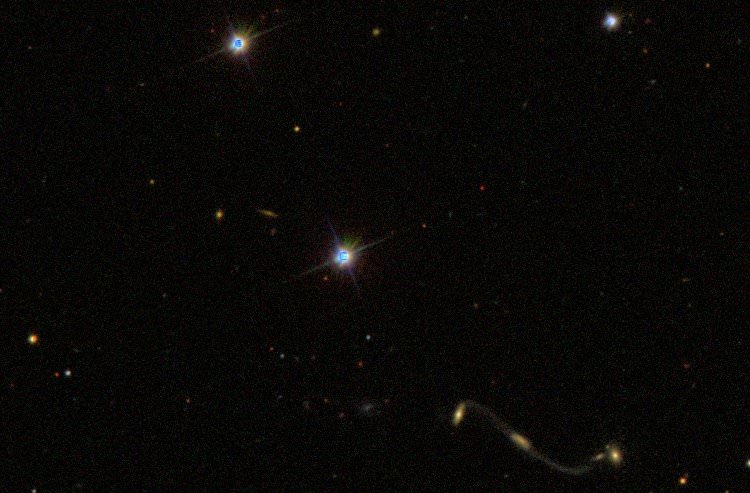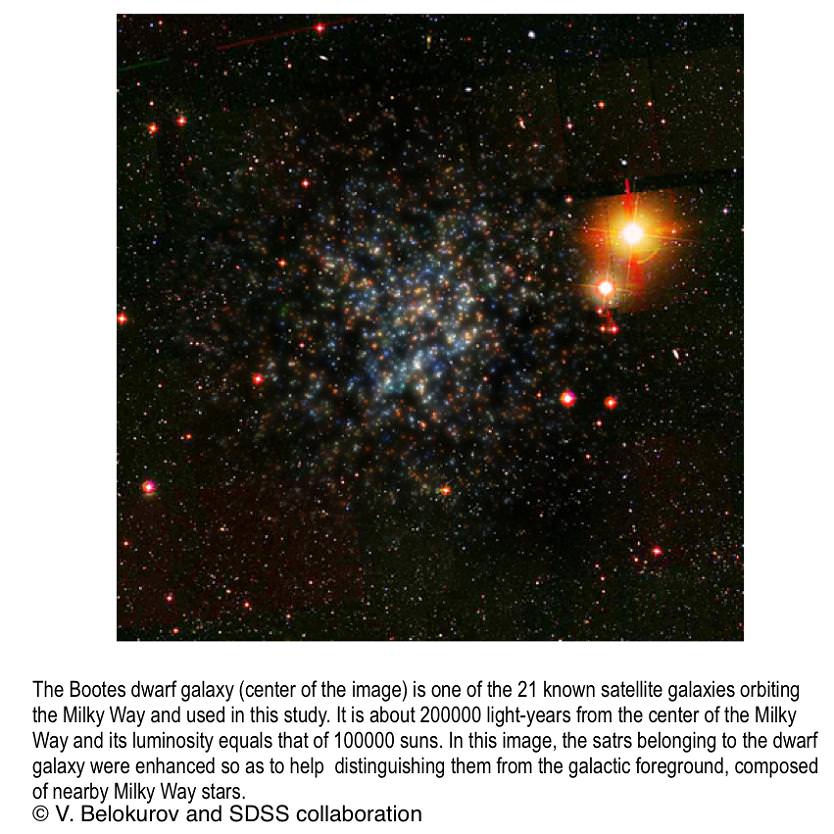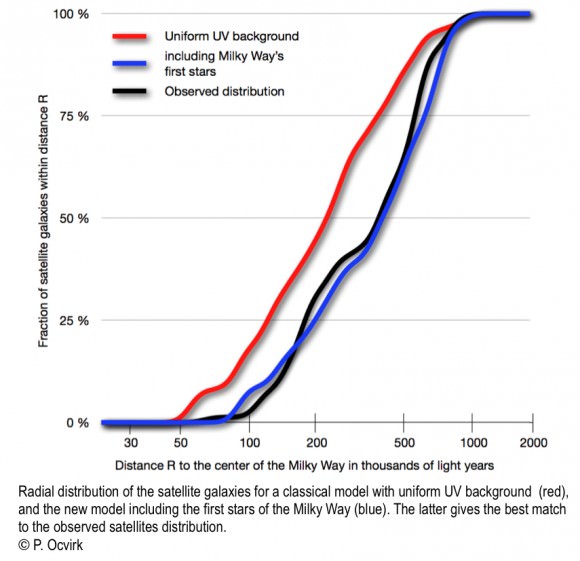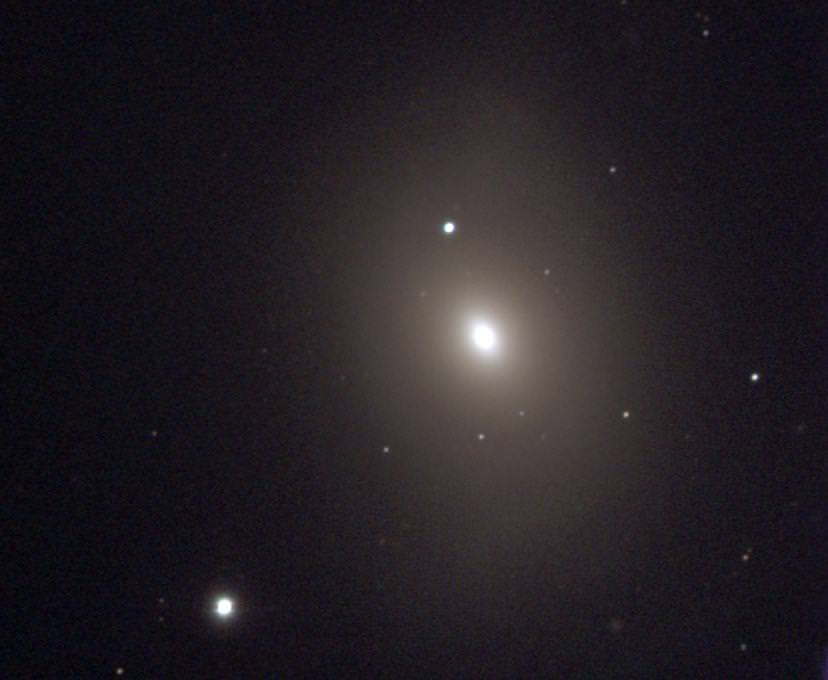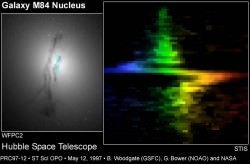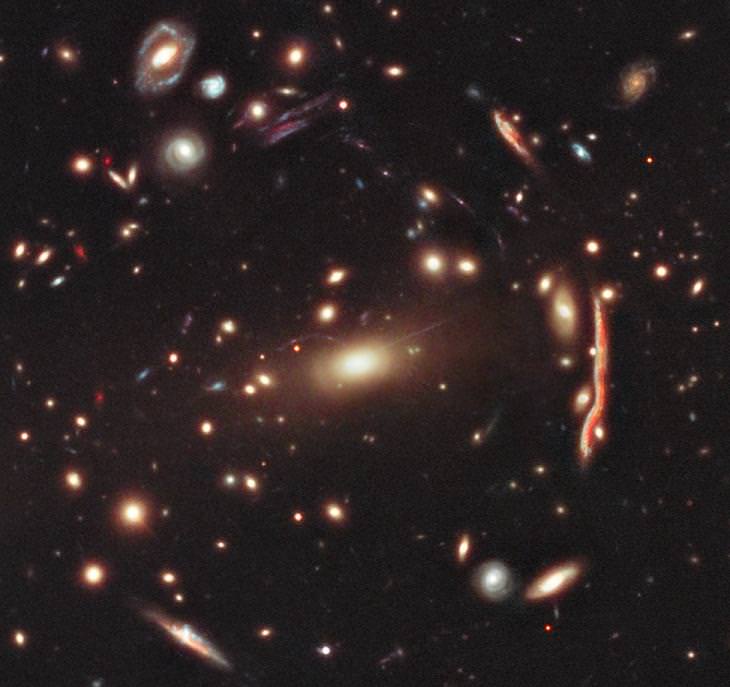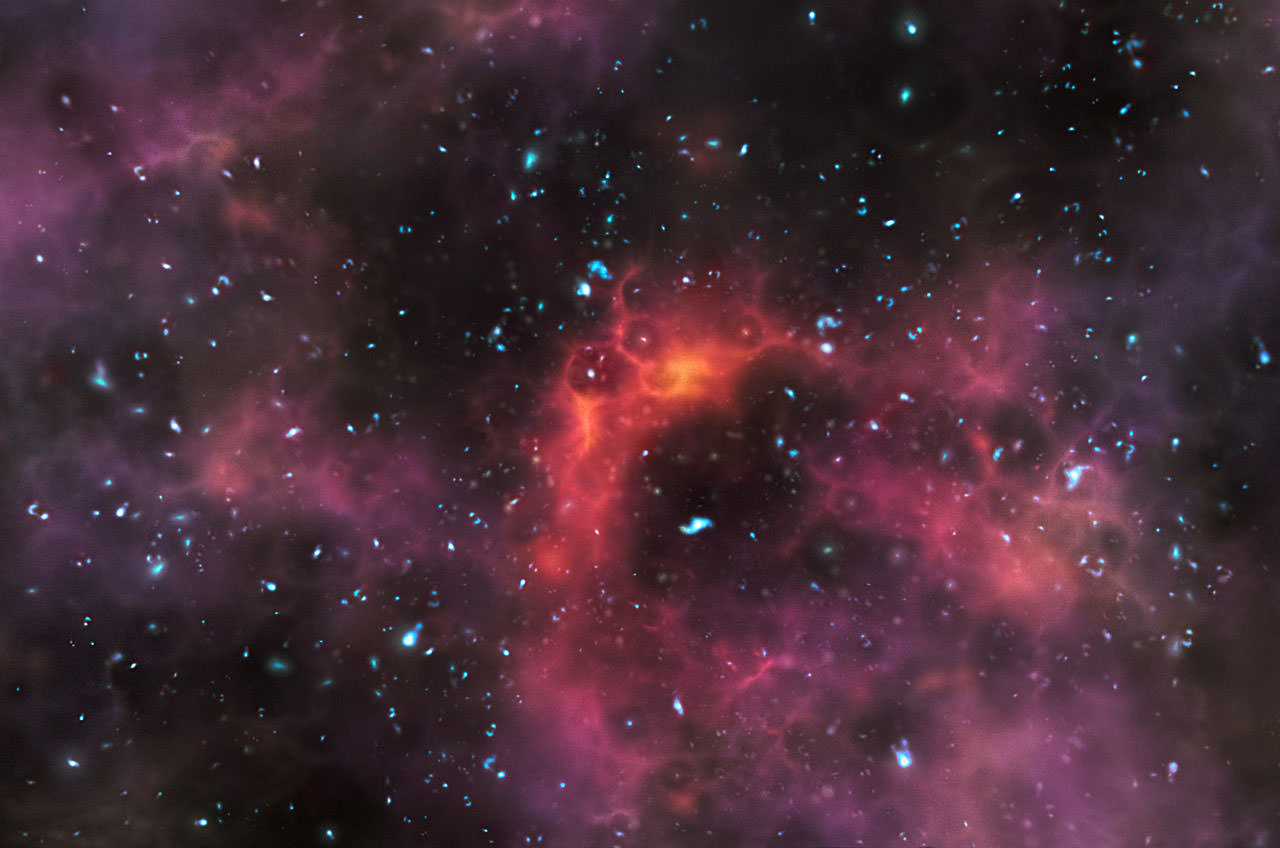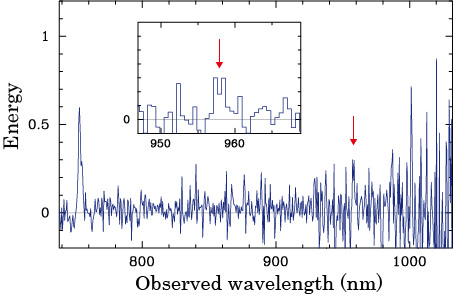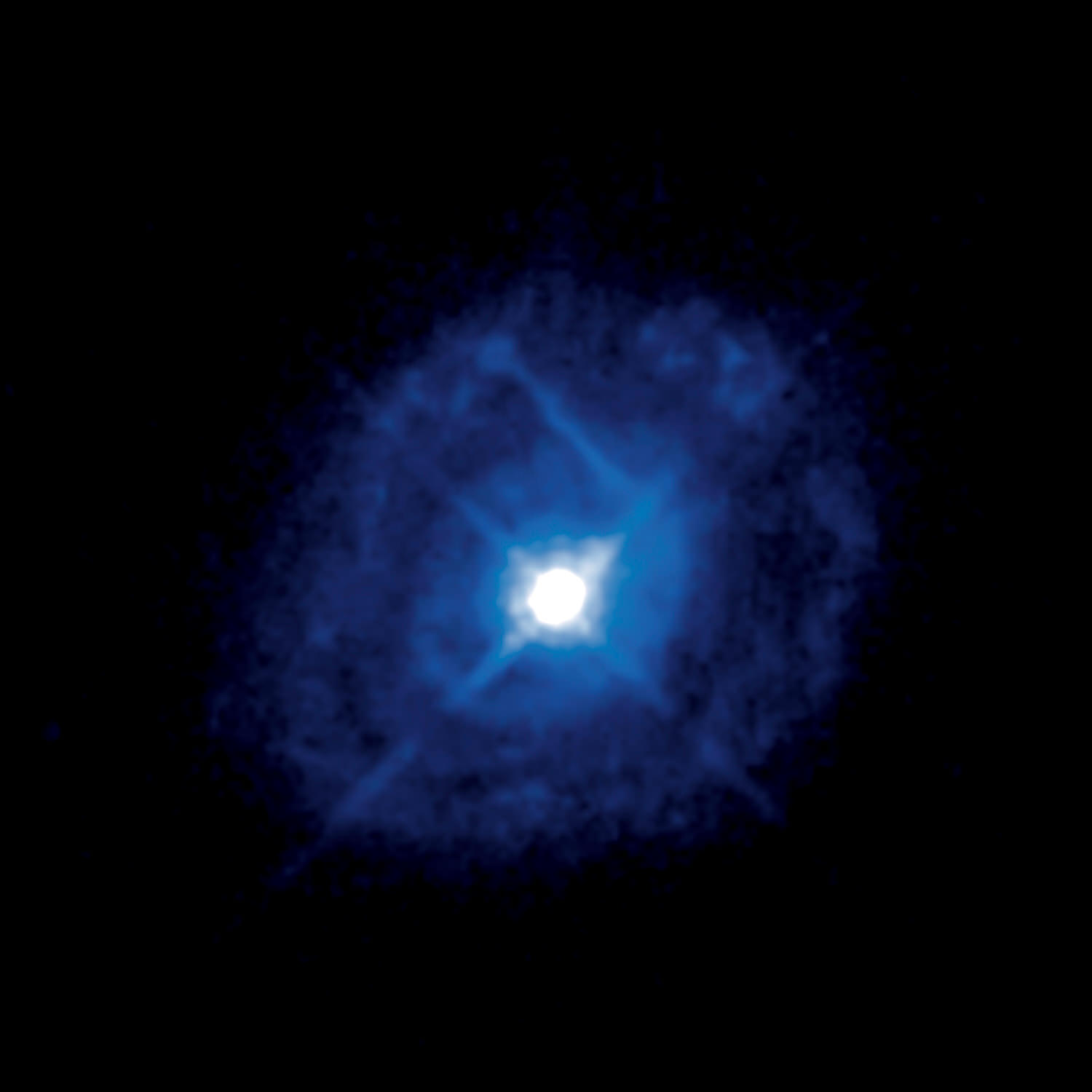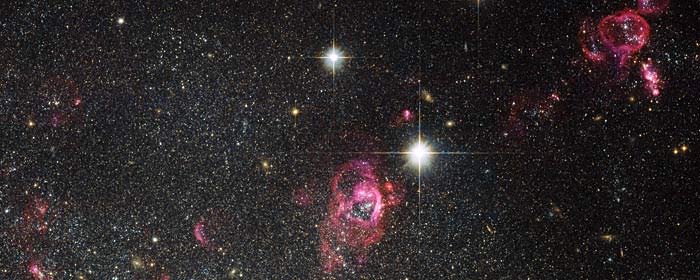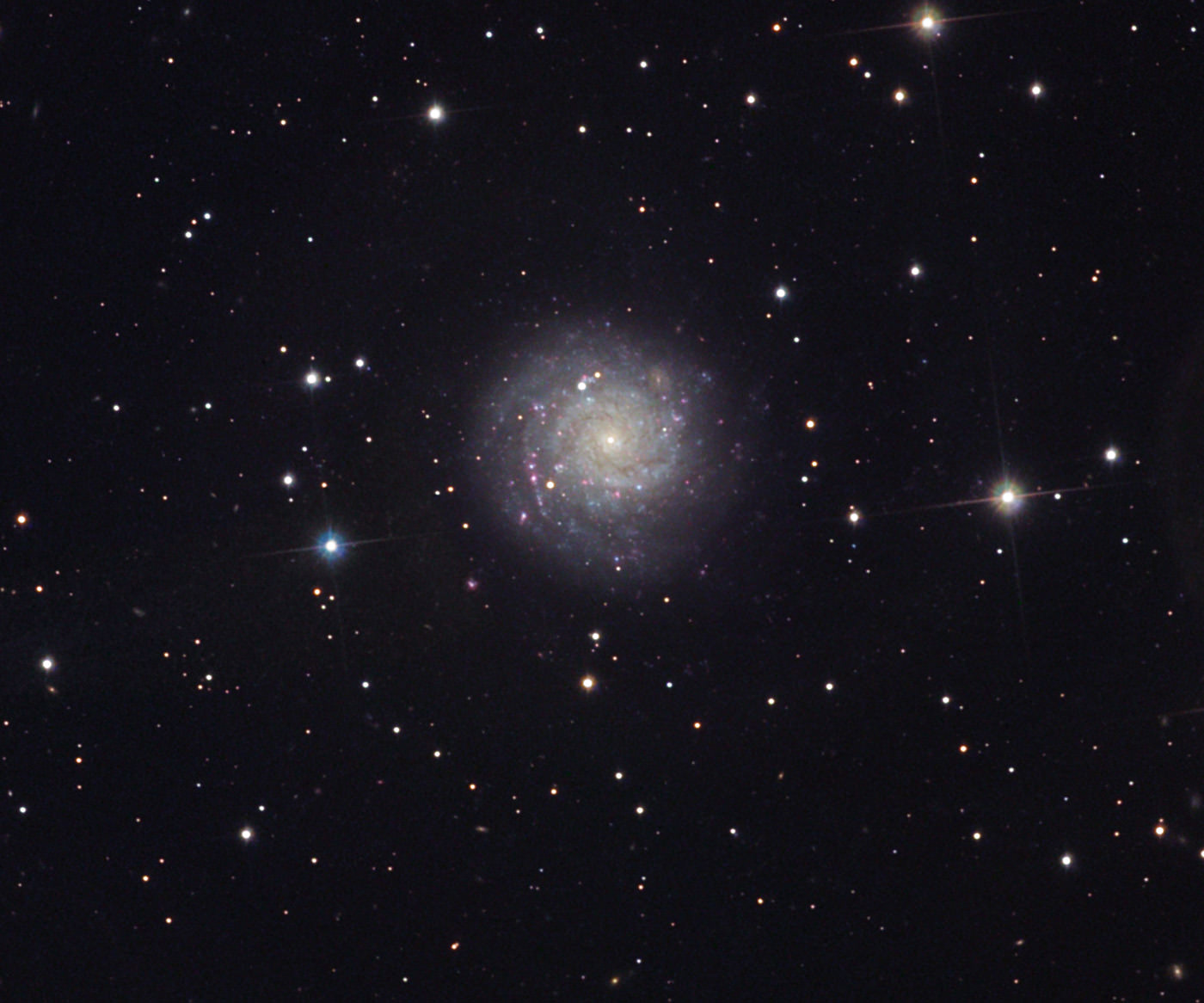[/caption]
About a month ago, a Galaxy Zoo contributor named Bruno discovered a very unique galaxy merger in the Sloan Digital Sky Survey data. The merger appeared to be a triple, or possibly quadruple system, which are indeed quite rare, and it includes curiously thin and long tidal tails. The Galaxy Zoo team has been informally referring to this merger as the “Violin Clef” or the “Integral” based on the unique shape as shown above.
What about this merger make it so interesting to scientists? What can they learn from these type of galaxy mergers?
Galaxy Zoo contributor Bruno had some insights on what makes the merger so interesting, stating: “These are some really beautiful tidal tails – They are extremely long and thin and appear curiously poor in terms of star formation, which is odd since mergers do tend to trigger star formation.” Bruno also added at the time of discovery: “There is no spectrum so we do not know the redshift of the object. It is also not clear if the objects at either end are associated or just a projection.”
(Note: Redshift is a term used to measure distance to distant objects. The higher the number, the older and more distant the object)
Based on Bruno’s curious discovery, the Galaxy Zoo team put in significant efforts to learn more about this merger. Galaxy Zoo team member Kyle Willett provided an update this week, highlighting several new insights, along with more information on this merger’s significance.
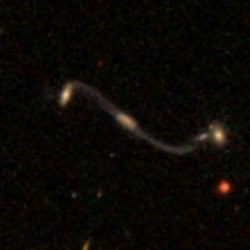
( http://www.sdss3.org )
One of the additional reasons the system is of scientific interest is that while merging galaxies are quite common in our universe, the merging process is fairly quick compared to the lifetime of a galaxy. What is not common is to observe a system with long tails and multiple companions, which gives researchers an opportunity to test their models of galaxy interaction against a system “caught in the act”.
Researchers are also interested in the content of galaxies and their tails – specifically the gas and stars. In most mergers, there is a compression of gas by gravity, which leads to a short burst of new star formation in the galaxies and their tails.
The resulting star formation results in young, hot stars which are typically blue. (Note: Younger/hotter stars are bluer, older/cooler stars are redder). What is odd about the Violin Clef merger is that all four galaxies and the tidal tails are red.
Willett stated “If that’s the case, then we want to estimate the current age of the system. Were the galaxies all red ellipticals to begin with, with very little gas that could form new stars?” Willett also added, “Or has the starburst already come and gone – and if so, how long-lived are these tidal tails going to be?”
By using analyzing the light given off by the merging galaxies, researchers can obtain a treasure trove of information. By measuring how much the spectra is redshifted, researchers can determine an accurate distance. In the case of the Violin Clef merger, an accurate redshift would let the team know for certain if all four galaxies genuinely belong to a single interacting group.
Once researchers have a distance estimate, they can study UV and radio flux data and determine an estimate of the total star formation rate. Additionally, if researchers have very accurate data from light received (spectroscopy), it’s possible to measure the relative velocities of each interacting galaxy, and build a sort of “3-D” picture of how the four galaxies are interacting.
Since there wasn’t any existing spectral analysis data of the merger system, Danielle Berg, a graduate student at the University of Minnesota, observed the Violin Clef in September using the 6.5-meter Multiple Mirror Telescope in Arizona and provided the additional data needed to answer some of the questions the Galaxy Zoo team had about the system.

After the team analyzed the spectral data, they learned that all four galaxies are at the same redshift (z=0.0956 +- 0.002), and as such, are most likely members of the same group. Further analysis reinforced the lack of evidence for strong star formation, which helps to confirm the red colors see in the Sloan Digital Sky Survey data.
Based on these recent discoveries, the Galaxy Zoo team is putting out a second call for assistance on analyzing the Violin Clef merger. According to the team, the next step in the analysis will be working with simulations like the ones in Merger Zoo. Now that the team has confirmed the Violin Clef is almost certainly a quadruple merger, the number of merger models than need to be ran is greatly reduced.
How can citizen scientists help the Galaxy Zoo team with this step of their research?
You can start by visiting the Galaxy Zoo mergers project page at: http://mergers.galaxyzoo.org/
By participating in the Galaxy Zoo mergers project, you can identify simulations that resemble the Violin Clef. Your participation can also provide the Galaxy Zoo team with additional data which may enable them to have another scientific publication, plus these types of projects can be very fun and exciting to work with!
Learn more about becoming a Galaxy Zoo participant at: http://www.galaxyzoo.org/how_to_take_part
Source: Galaxy Zoo

